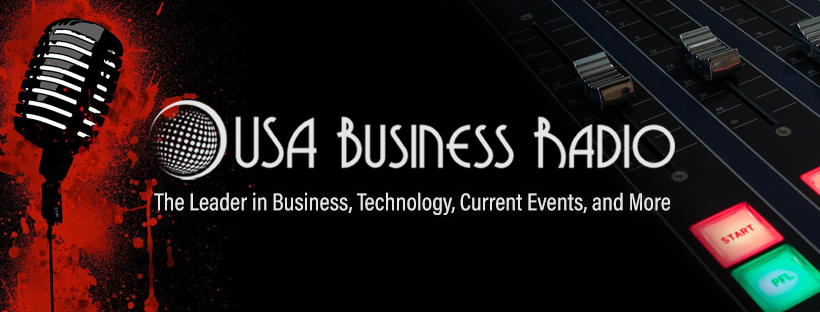
In Spite Implying a Pause in Interest Rate Increases, the Fed Did it Again
In a significant move to address persistent inflation in the U.S. economy, the Federal Reserve made an announcement on Wednesday, indicating a 0.25% increase in its key interest rate, bringing it to a substantial 5.5% – the highest level seen in 22 years.
Despite a recent decline in consumer prices over the past 12 months, the annual inflation rate saw a 3% increase in June compared to the previous year. Although this rate is the lowest in more than two years, the Federal Reserve remains concerned and aims to stabilize it at around 2%.
The strategy employed by the Federal Reserve involves making borrowing and investing more costly, which, in turn, reduces the overall demand for goods, services, and labor within the economy.
Federal Reserve Chair, Jerome Powell, has consistently emphasized his intention to avoid an economic recession throughout the central bank’s campaign of rate hikes. While there are no guarantees, Powell expressed optimism that the recent increase in interest rates would not lead to a recession and hinted at the possibility of further rate adjustments.
However, some analysts caution that challenges persist. Inflation continues to remain stubbornly high, and though the economy remains resilient and the labor market robust, these factors might contribute to the ongoing inflationary pressures. Consequently, the Fed may need to take additional measures to address the situation.
Balancing unemployment and inflation is a key responsibility of the Federal Reserve. Despite the historically low unemployment rate of 3.6%, the central bank aims to slow down the economy to tackle inflation without causing a widespread loss of jobs.
Rather than directly putting workers out of employment, the Federal Reserve seeks to reduce the overall number of job openings relative to the number of unemployed workers. This approach aims to address the current imbalance in the labor market, where the number of job seekers exceeds available job opportunities, potentially contributing to inflationary pressures.
In conclusion, the Federal Reserve’s decision to raise interest rates reflects its commitment to combatting inflation in the U.S. economy. The central bank’s approach aims to strike a delicate balance between stabilizing prices and maintaining a healthy labor market, ultimately seeking to ensure the overall economic well-being of the nation.







